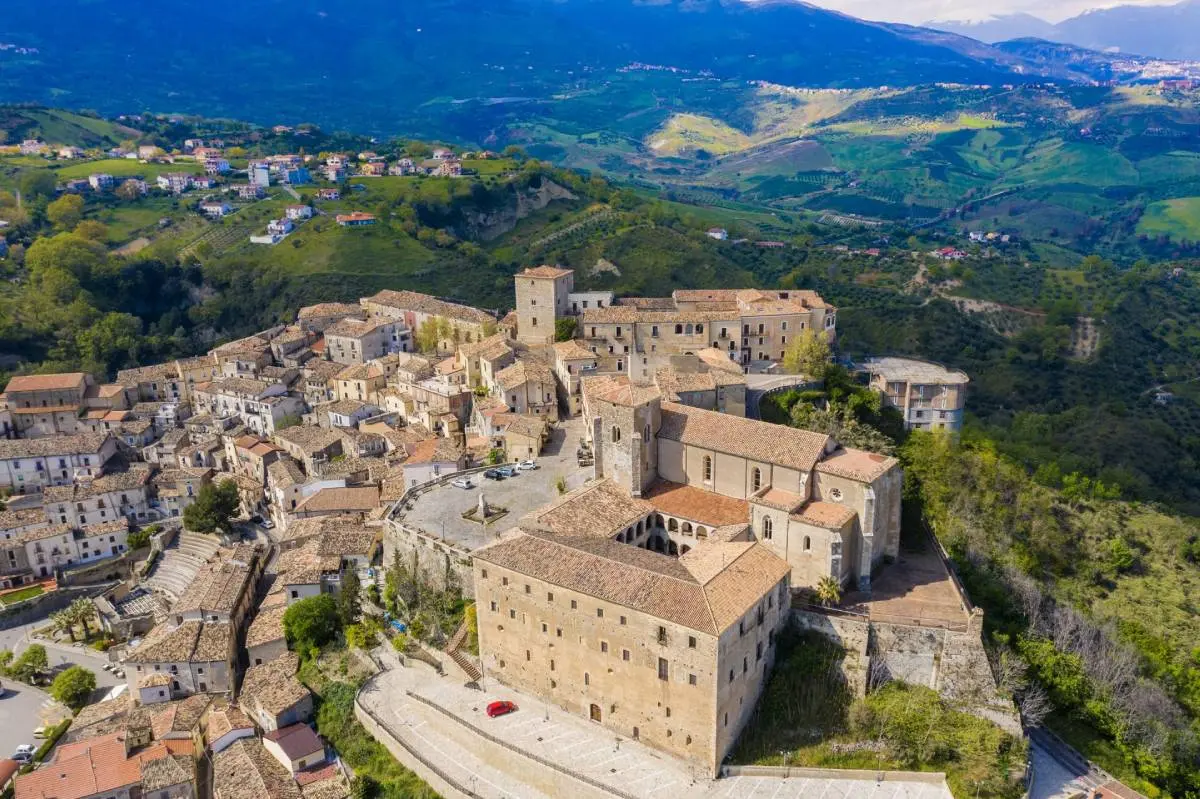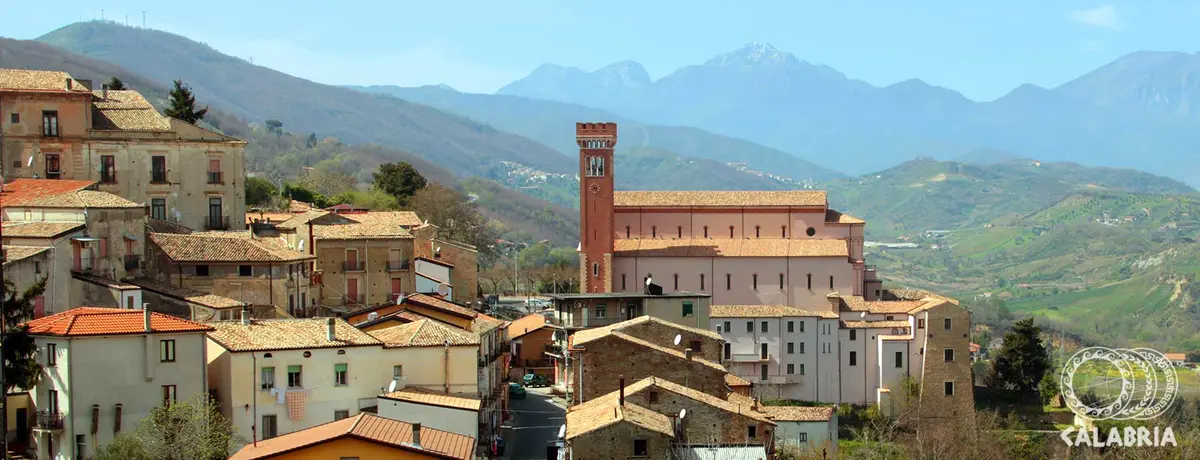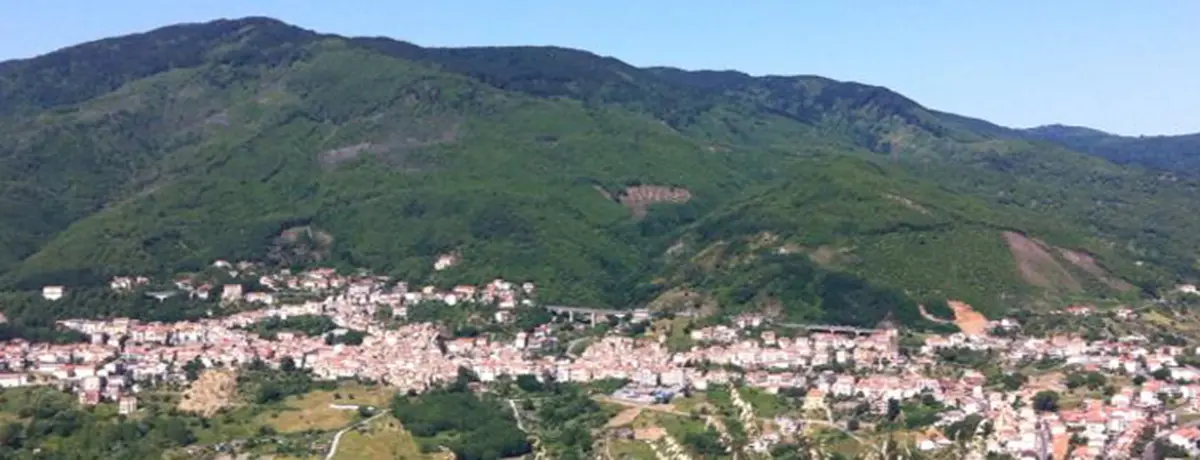Altomonte
Altomonte, a crossroads of history and contaminations

Living slow
Regione Calabria
Fancy a "slow" trip that combines history, art and food and wine in one of The Most Beautiful Villages in Italy? Get ready to head for Altomonte (Cosenza), "City of Bread" and "Slow City".
This picture-postcard village in Calabria, Altomonte, gives us an atmosphere of yesteryear, medieval, marked by the monumental presence of the Norman Castle (12th century) and the village life that takes place around the main square, overlooked by the Church of Santa Maria della Consolazione, one of the best examples of Calabrian Gothic-Angevin art, and the Dominican Convent, today home of the Library and the Civic Museum.
Other places to visit in Altomonte are the Azzinari Art Gallery Museum, inside the Pallotta Tower, and the Belluscio Theatre, inaugurated in 1988 with the first edition of the Festival dei Due Mari.
When to visit Altomonte? The last week of May, when the "Great Bread Festival" is held: excellence in agribusiness in Calabria, Altomonte "City of Bread" offers its visitors an unmissable taste of this renowned local product.
Among the most eagerly awaited events of the summer is the historic "Festival Euromediterraneo", a rich container of art, music, theatre, literature and culture in all its forms.
The village of Altomonte leads to the foothills of the Pollino National Park, with the green oasis of Farneto Park, with a small lake and picnic area at its centre.
Useful information
What to know about Altomonte
Where to Sleep
There are 7 available accommodations.
Places
There are 10 places to visit.
Travel Ideas
There are 3 travel ideas.
Infopoint Altomonte
Largo della Solidarietà, 1, Altomonte
No result









